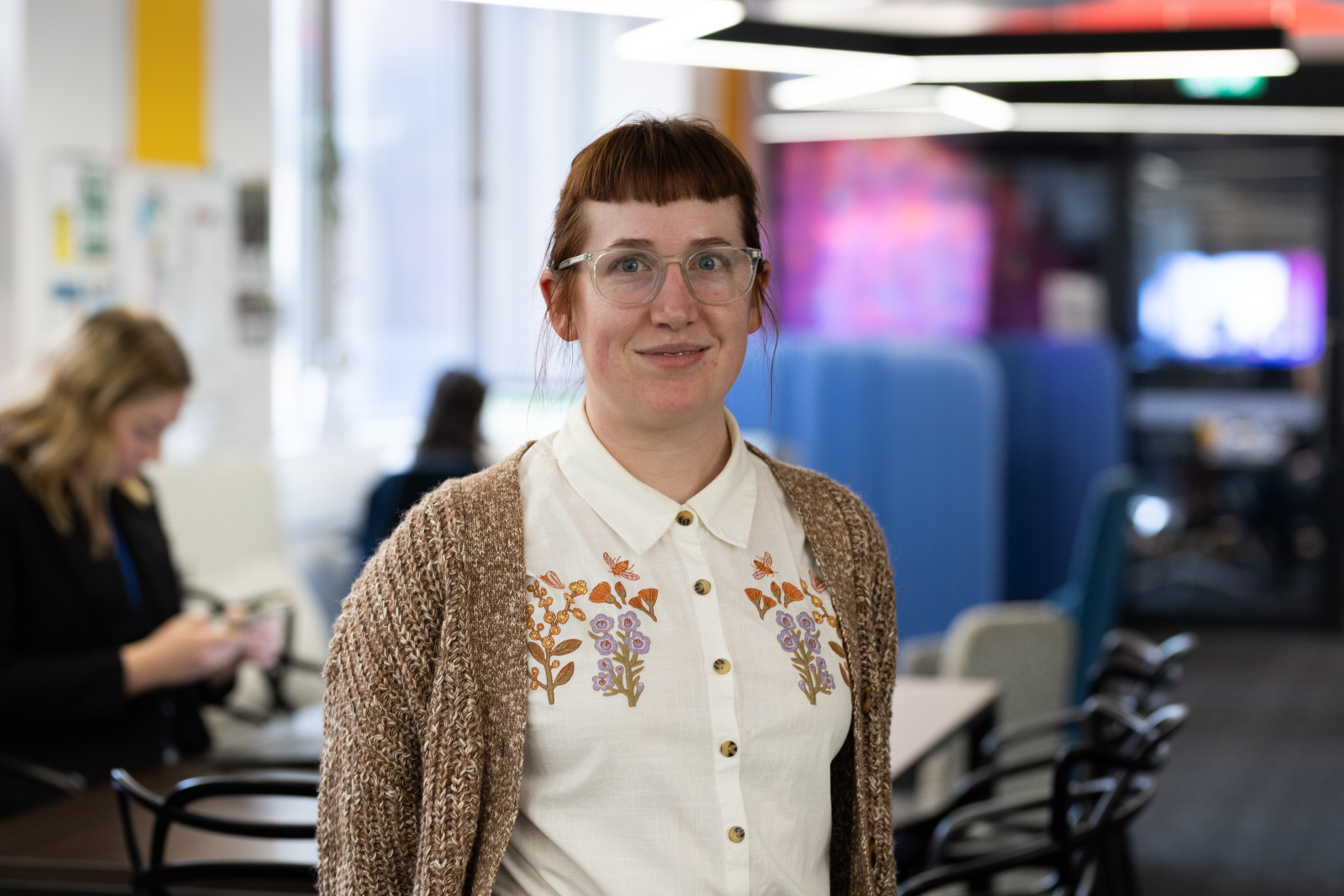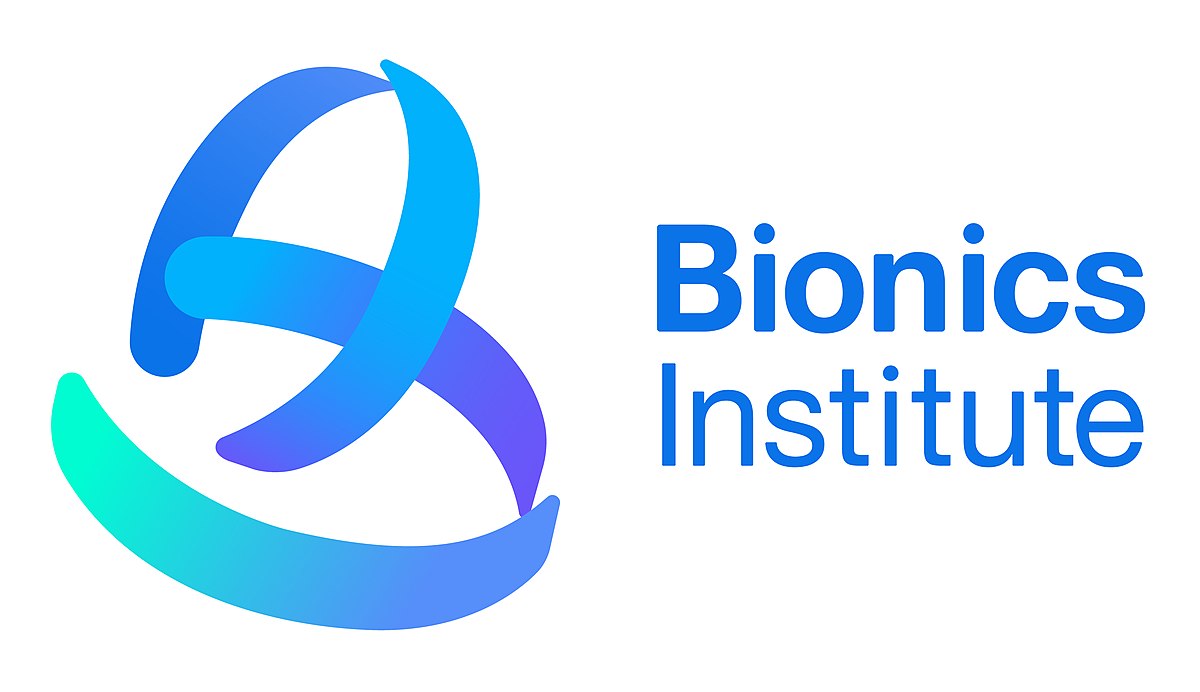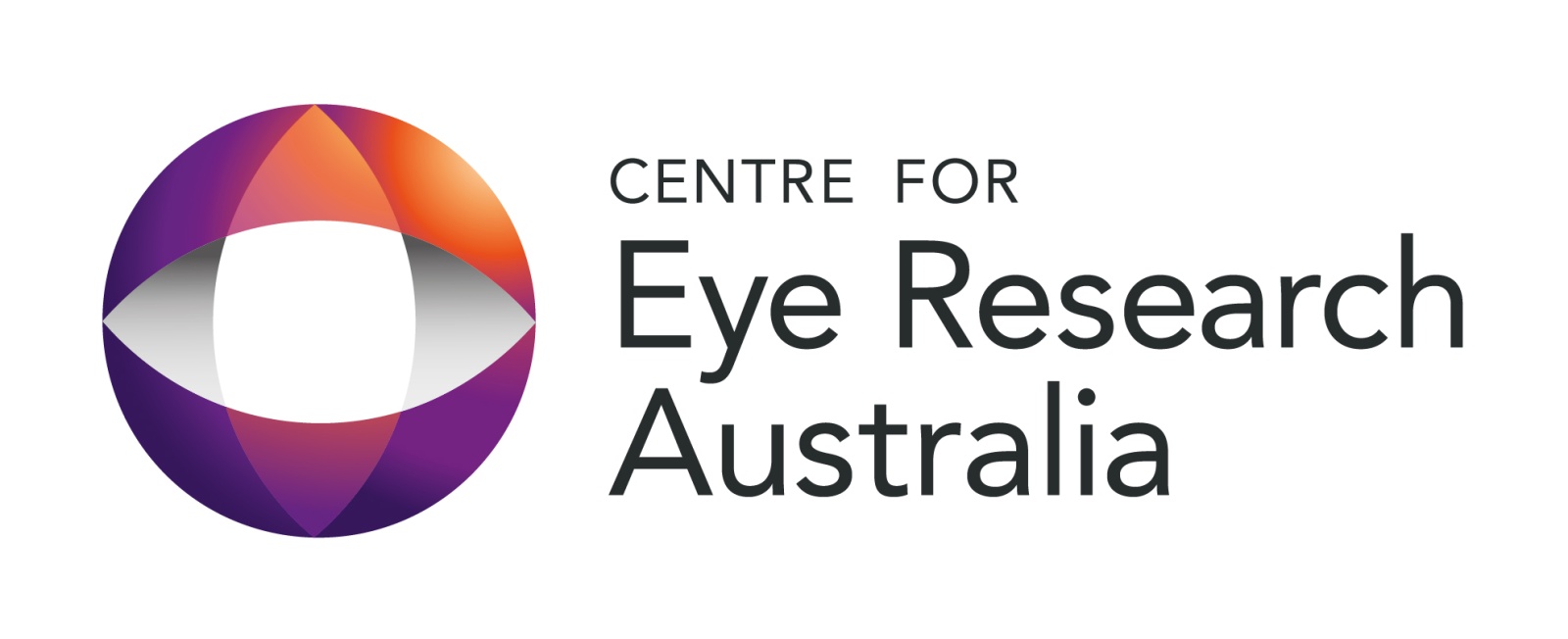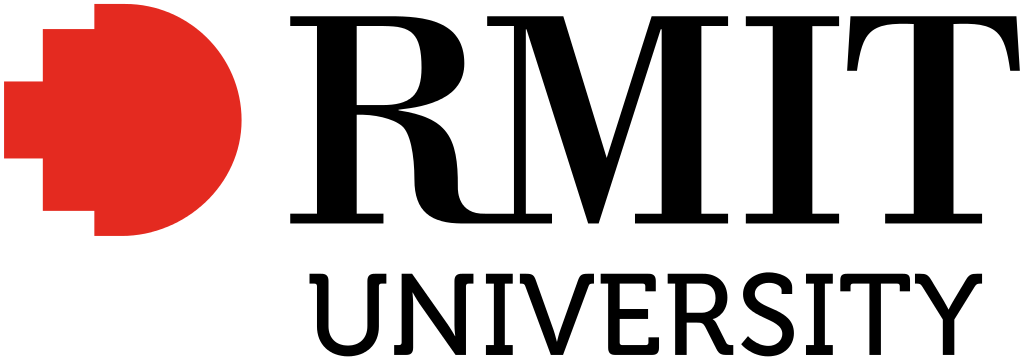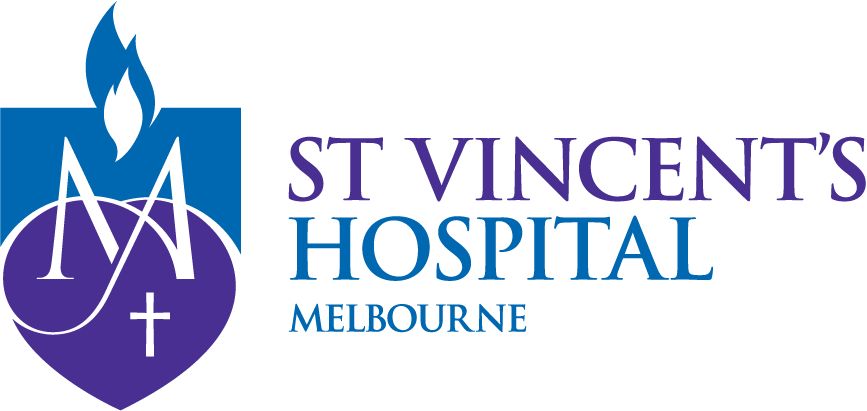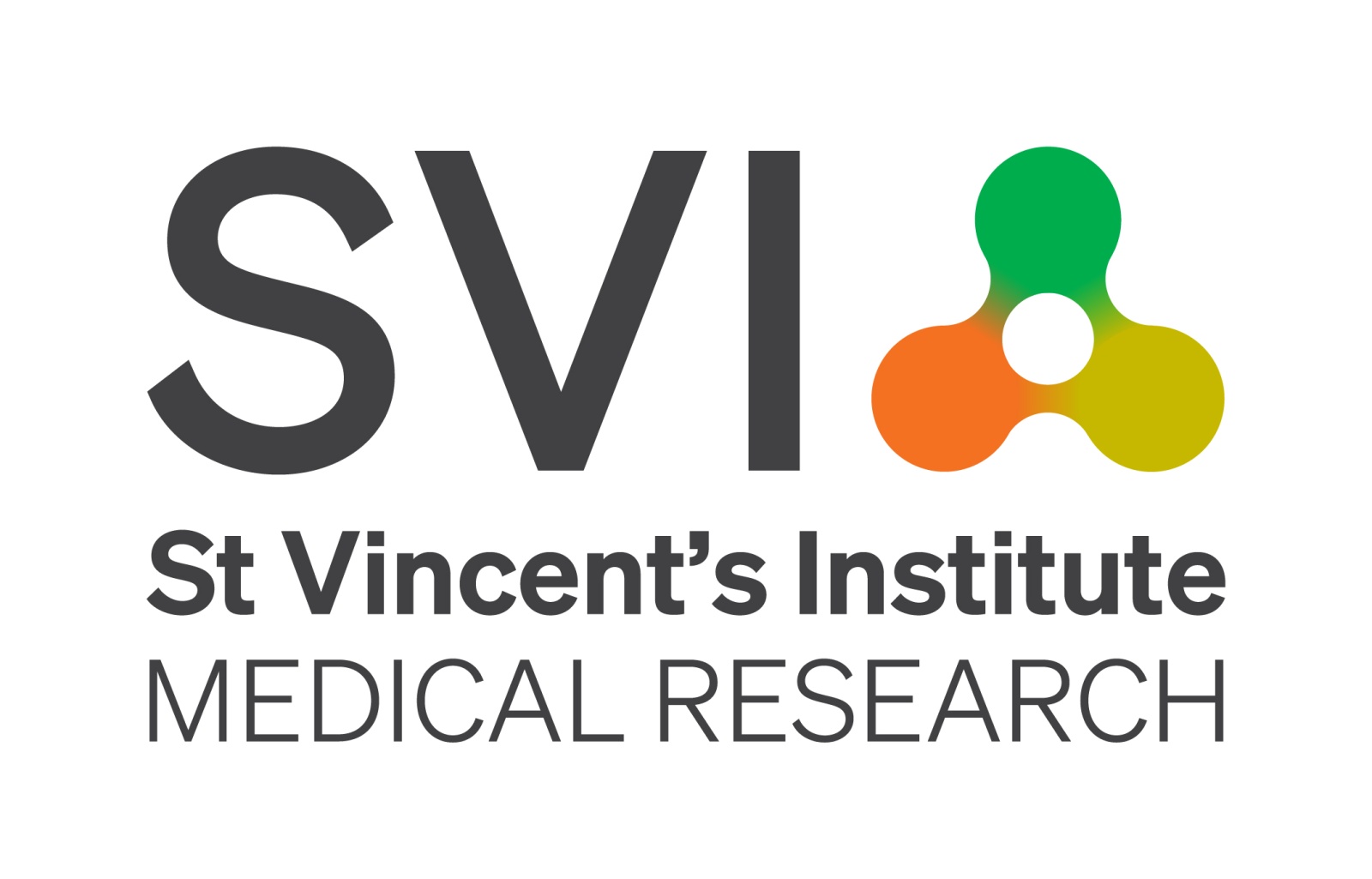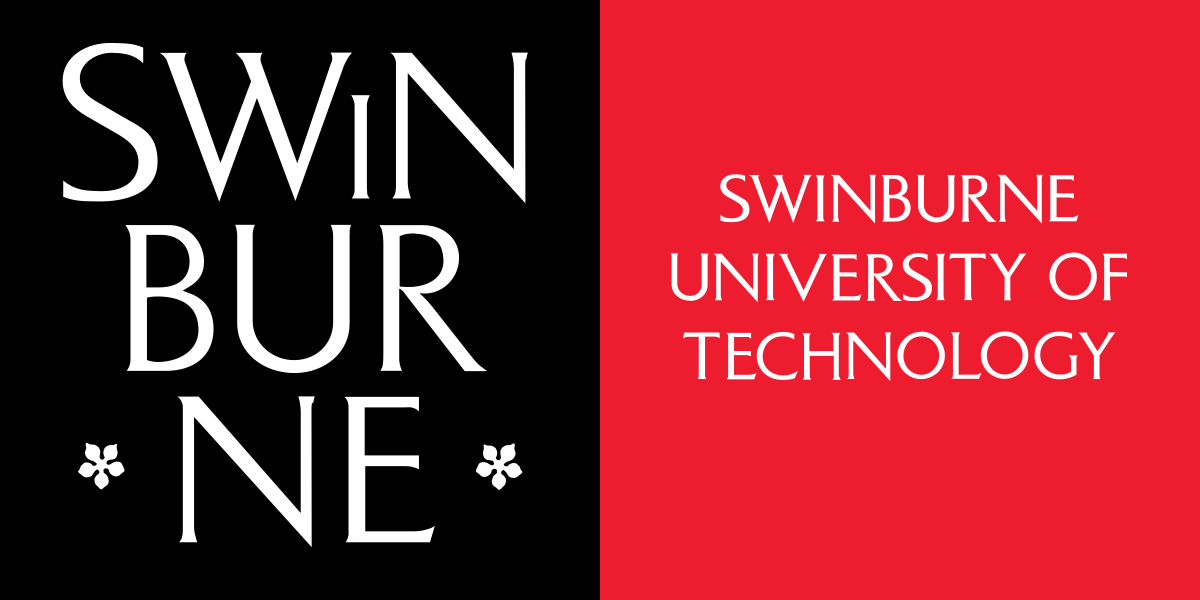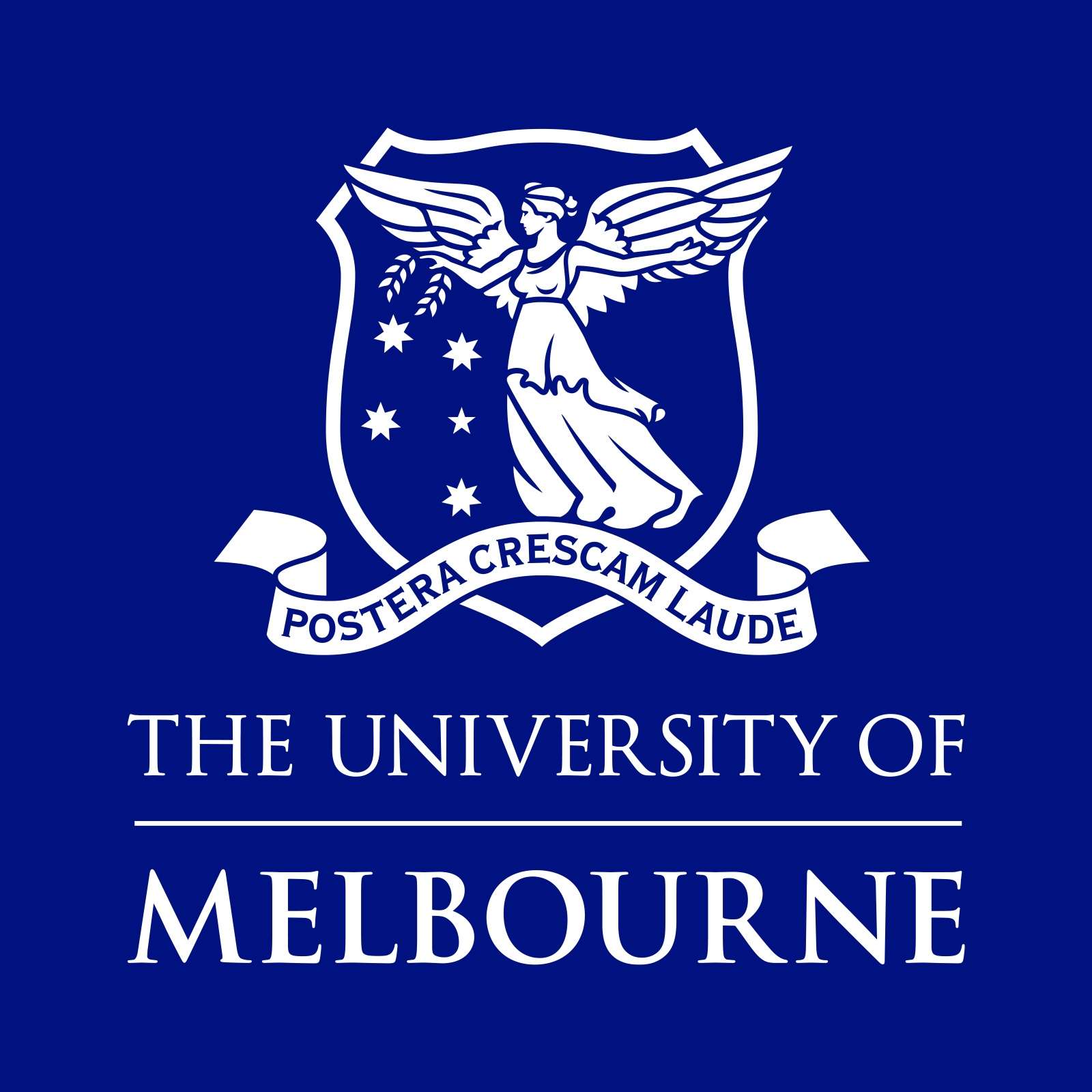Micaela Pannella, a Senior Research Fellow from the Rizzoli Orthopaedic Institute in Bologna-Italy, has brought her expertise and enthusiasm to the Aikenhead Centre for Medical Discovery (ACMD) to teach a special technique using chicken eggs to study the formation of blood vessels in 3D scaffolds. The aim is to use this technique to study bone tissue engineering with the goal to replace bone lost from tumour resections.
Although this is Micaela’s first trip to Australia, her connection to the ACMD spans few months ago. Senior ACMD-University of Melbourne research fellow, Dr Serena Duchi, head of the Regenerative Engineering and Modelling of Osteochondral Disease** (REMOD) team started working with Micaela, researching tissue engineering and bone tumour modelling. when, PhD Student, Stef Doyle, supervised by Serena Duchi and Prof Elena Pirogova (RMIT), travelled to Italy to learn the egg technique from Micaela.
Having trained as a neuroscientist, Micaela spent almost 20 years focusing on researching treatments for Parkinson’s disease. More recently, she moved into the area of cancer research, focusing on sarcoma and soft tissue sarcoma research.
Micaela recalls a pivotal event that inspired her to create her ‘egg technique’. “I was asked to help with a difficult patient case, a 10-year-old child whose arm needed to be removed because of a tumour. The pathologist gave me the drive to find the answers, to find a model to be able to research the cancer and ultimately to find a cure.”
An almost lost technique is a game-changer for cancer research.
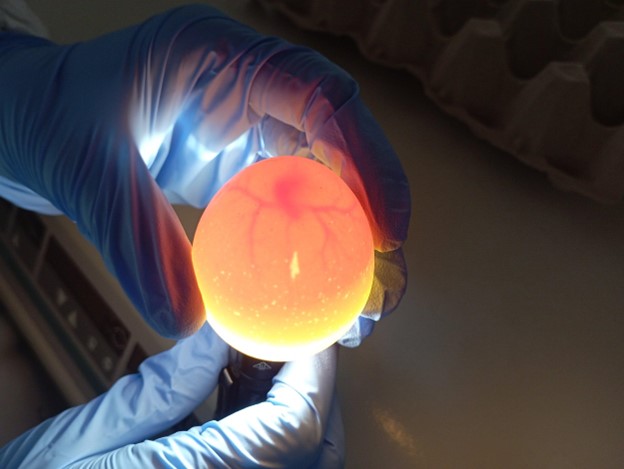
The ‘egg technique’ was first developed by two researchers, Rous and Murphy, in Germany in 1911 who created the model for cancer research. The technique then saw a resurgence in the 1970s because it offers an excellent, quick, cost-effective option to using animal models.
“It’s easy to use, not expensive, you just need chicken eggs, and you can get results in just one week, that is all the time that is needed for the tissues grow.”
Micaela was excited to come to Australia to share this special method with her friend and collaborator, Dr Serena Duchi, and her team. She also met Dr Anna Trengove and Prof Andrea O’Connor (UoM), who were really helpful, providing the company to source the chicken eggs and the incubator which is essential to grow and maintain the chicken eggs.
“I spent six months preparing and creating this technique. Serena asked if it was possible to use the technique with tissue engineered bone implants to understand the connection with blood vessels. So, Steph, Serena’s research student, came to Italy, and we started to collaborate with the bone implants created at the ACMD. We got some amazing results, including a paper submission in just three months!
“Eggs are amazing. You can apply the model for all different types of research. For example, with other ACMD members, led by A/Prof Anita Quigley (RMIT), we are inserting a tiny hydrogel implant into the embryo of the egg, to understand the connection with blood vessels, to analyse the capacity of these hydrogels to repair skin and muscle diseases. The initial data has shown us that it’s possible to create new tissue and visualise the formation on functional blood vessels, which is a very exciting development,” Micaela said.
“I’m thrilled to have had the opportunity to come to Australia to share my technique. I’m also learning from the REMOD team and other ACMD members who have extensive experience in biomaterials. These are materials used in medical applications to support, enhance, or replace damaged tissue. Through Serena’s team’s input, I’m testing ways to adjust my own methodology to incorporate different biomaterials.”
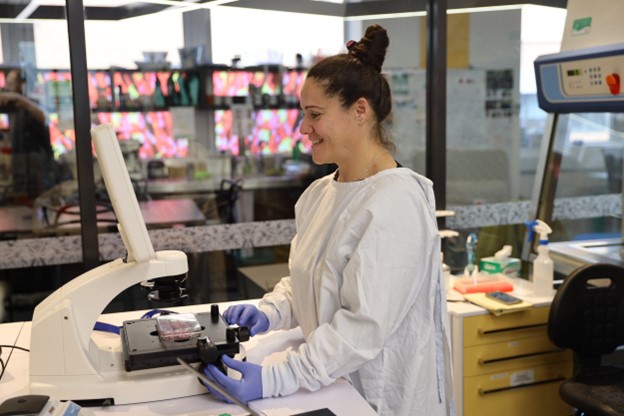
It’s clear she loves what she does. “Research is my life; I love being a researcher. It’s important for me to create something good for people, to make a difference.
“I want to thank ACMD, St Vincent’s and the Department of Surgery-UoM for their hospitality. Everyone has been so kind and so helpful. St Vincent’s is a great hospital, the level of research is very high quality and researchers have access to excellent equipment making it so much easier to undertake research.”
Micaela plans to continue to collaborate with the ACMD team once she returns to Italy. She says, “if we don’t share our knowledge, it’s impossible for us to improve.”
She also hopes to return next to collaborate on another project. “I would really like to maintain this beautiful collaboration,” Micaela said.
International collaborations highlight the fundamental mission of the ACMD. Erol Harvey, ACMD CEO, said, “We are delighted to host researchers from across the globe. Collaboration is the foundation of our work at the ACMD. In-person visits are not only a great motivator for our teams, but they bring a fresh perspective and new skills to the health problems we are addressing through our partners at the ACMD.”
** Osteochondral disease can occur in any joint but are most common in the knee and ankle.

